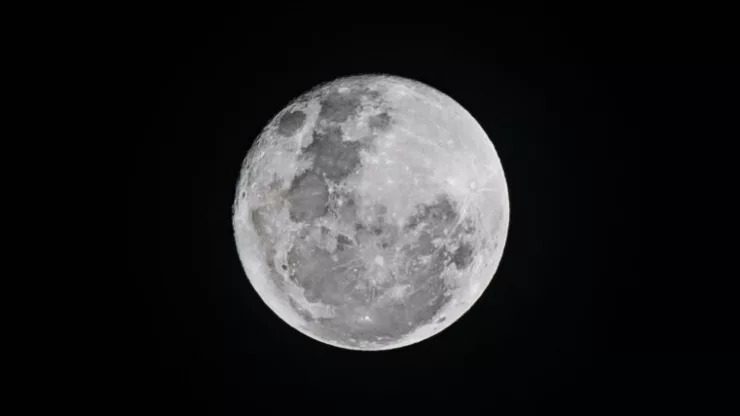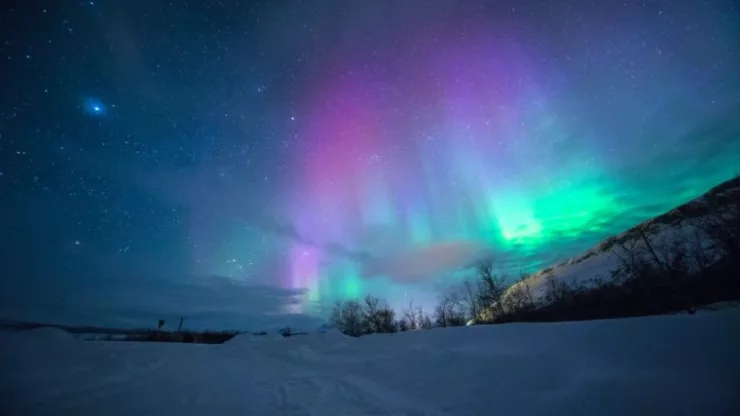The Moon is Earth’s only natural satellite and one of the most familiar sights in the night sky.
But did you know that the Moon also has a profound impact on life on Earth?
From causing the rise and fall of the tides to affecting your sleep quality and mood, here are 10 amazing facts about how the Moon affects your life.
The Moon causes the tides
The most obvious effect of the Moon on Earth is its gravitational pull, which causes the oceans to bulge out on both sides of the planet.
This creates high tides when the Moon is overhead or on the opposite side of Earth, and low tides when it is at right angles to Earth.
The Sun also contributes to this effect, but its influence is much weaker than that of the Moon.
The Moon stabilizes Earth’s axis
Another important effect of the Moon’s gravity is that it stabilizes Earth’s axis of rotation, which is tilted at about 23.5 degrees.
This tilt gives us seasons by changing how much sunlight each hemisphere receives throughout the year.
Without the Moon, Earth’s axis would wobble chaotically due to other gravitational forces in the solar system, leading to drastic climate changes and possibly making life impossible.
The Moon influences plant growth.
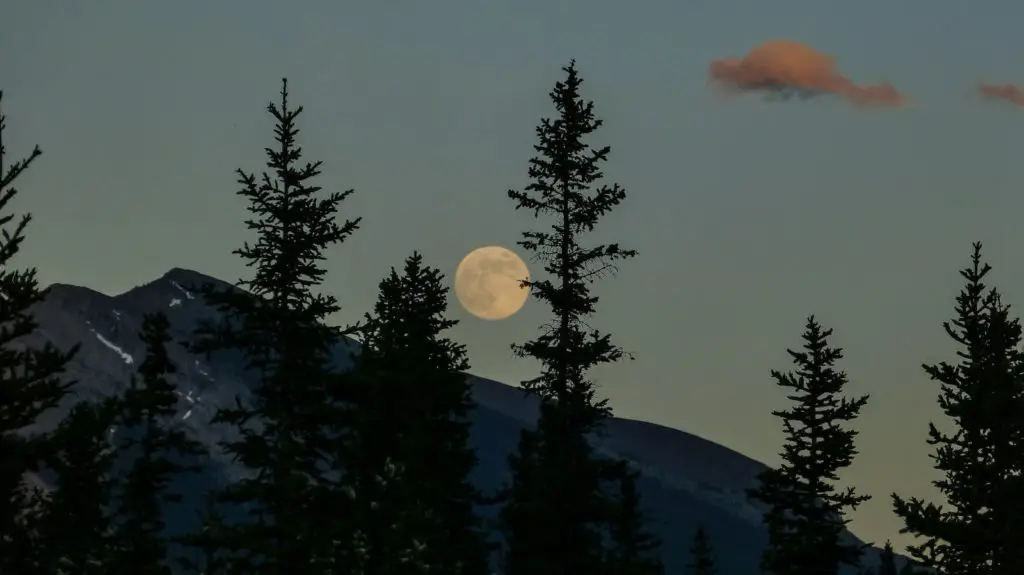
Plants need sunlight for photosynthesis, but they also respond to moonlight in various ways.
Some plants bloom or germinate according to lunar cycles, such as moonflowers that open at night or bamboo that shoots up every 29 days (the length of a lunar month). Other plants use moonlight as a cue for when to grow or rest, such as lettuce that grows faster during full moons or potatoes that store more starch during new moons.
The Moon affects animal behavior
Animals also have biological rhythms that are synchronized with lunar cycles, such as reproduction, migration, hunting or hibernation.
For example, some coral species release their eggs and sperm into the water only during specific phases of the moon (usually full or new). Some birds use moonlight as a navigation aid during their nocturnal flights across continents or oceans.
Some predators take advantage of moonlight to hunt more effectively (such as owls or lions), while some prey avoid exposure by hiding or being less active (such as mice or crabs).
The Moon influences human physiology
Humans are not immune to lunar effects either.
Our bodies have circadian rhythms that regulate our sleep-wake cycle, hormone levels, body temperature and blood pressure according to daylight and darkness cues.
However, some studies suggest that these rhythms can also be influenced by moonlight, especially during full moons when it is brighter at night.
Some possible effects include changes in melatonin production (a hormone that regulates sleep), menstrual cycle (which may be linked to lunar phases), heart rate variability (which reflects stress levels) and wound healing (which may be slower during full moons).
The Moon influences human psychology
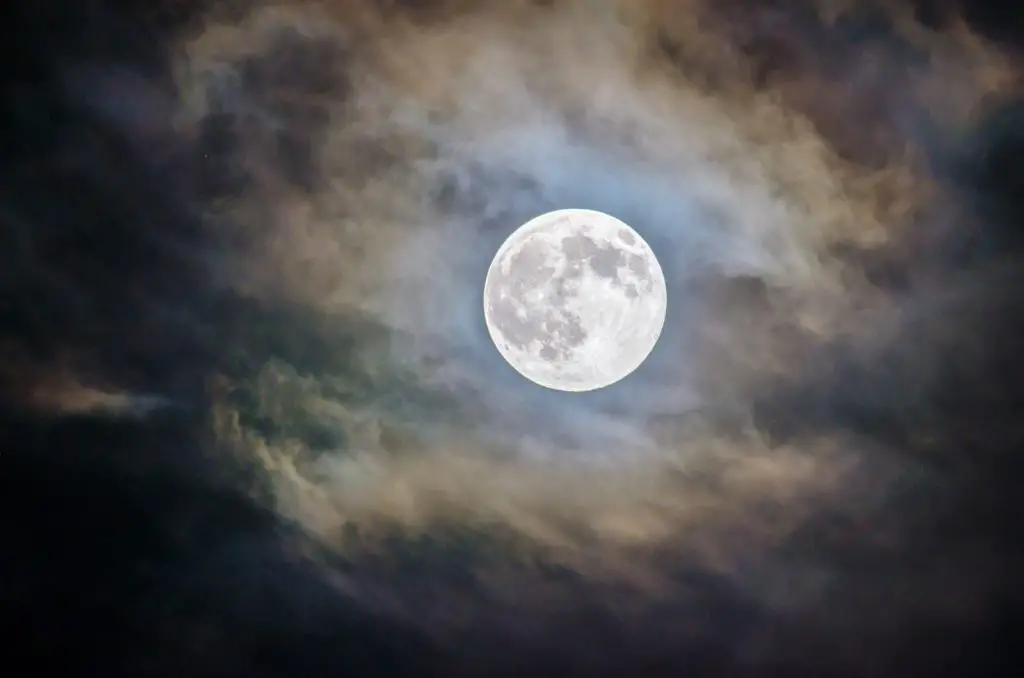
The word “lunatic” comes from Latin “lunaticus”, meaning “moonstruck” or “affected by the moon”. This reflects an ancient belief that people’s mental health and behavior can be affected by lunar phases, especially during full moons when emotions run high.
While there is no conclusive scientific evidence for this phenomenon, some studies have reported correlations between full moons and increased rates of crime, violence, suicide, accidents, hospital admissions, psychiatric episodes and paranormal activity.
However, these findings may be influenced by confirmation bias (the tendency to look for evidence that supports one’s beliefs), media hype (the tendency to report sensational stories) or other factors (such as weather, holidays or social events).
The Moon inspires art and culture
The Moon has been a source of inspiration for artists and writers throughout history, from ancient myths and legends to modern poems and songs.
The Moon symbolizes many things in different cultures, such as femininity, romance, mystery, change, dreams or spirituality.
Some famous examples of artworks inspired by the moon include Vincent van Gogh’s Starry Night Over The Rhone painting, Claude Debussy’s Clair de Lune piano piece, Frank Sinatra’s Fly Me To The Moon song, J.R.R. Tolkien’s The Hobbit novel, Stanley Kubrick’s 2001: A Space Odyssey film and Pink Floyd’s Dark Side Of The Moon album.
The Moon sparks scientific curiosity and exploration
The Moon has also been a target of scientific curiosity and exploration for centuries, from ancient observations and measurements to modern telescopes and spacecraft.
The first human-made object to reach the Moon was the Soviet Luna 2 probe in 1959, followed by the first human landing by the American Apollo 11 mission in 1969.
Since then, 12 people have walked on the lunar surface, collecting rocks and conducting experiments.
The last human visit was in 1972, but robotic missions have continued to explore the Moon, such as China’s Chang’e 4 lander that became the first to touch down on the far side of the Moon in 2019.
The Moon creates eclipses
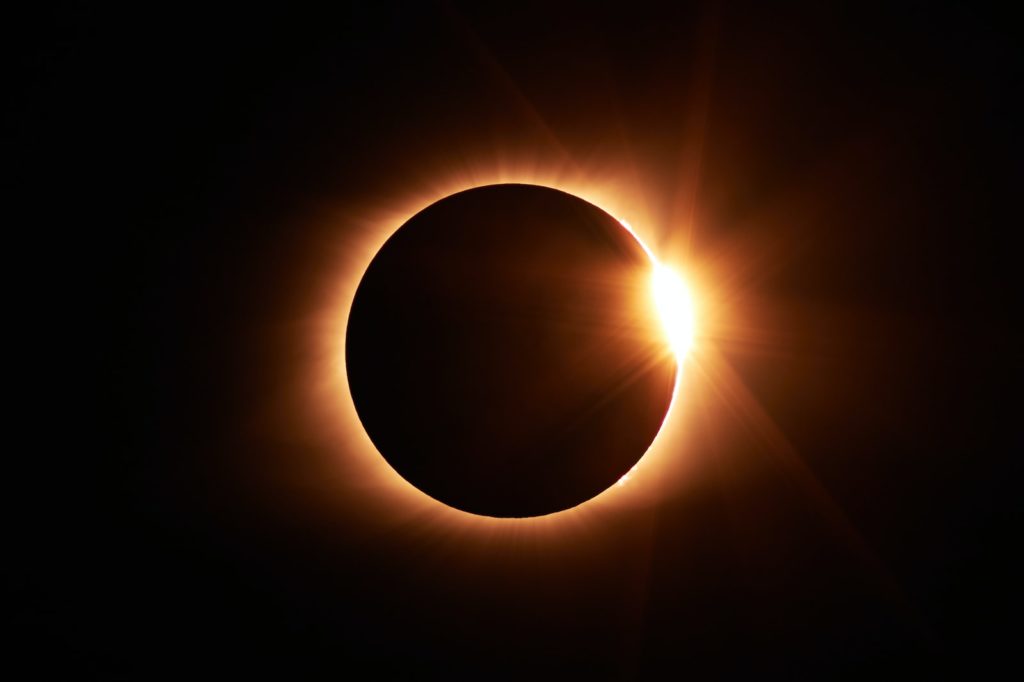
An eclipse occurs when one celestial body blocks the light from another, creating a shadow on a third body.
There are two types of eclipses involving the Moon: lunar eclipses and solar eclipses.
A lunar eclipse occurs when Earth passes between the Sun and the Moon, casting its shadow on the lunar surface.
This can make the Moon appear red or orange due to Earth’s atmosphere bending some sunlight towards it.
A solar eclipse occurs when the Moon passes between Earth and the Sun, blocking some or all of its light from reaching us.
This can create a spectacular sight of a darkened Sun surrounded by a bright ring or corona.
The Moon has its own mysteries
Despite being our closest neighbor in space, there are still many things we don’t know about the moon.
For example, we don’t know exactly how it formed, why it has such a large iron core, how it got its craters and mountains, what lies beneath its surface, whether it has any water or life forms, or what its future will be.
The moon is also home to some strange phenomena, such as transient lunar phenomena (flashes or glows on the moon that have no clear explanation), mascons (mass concentrations that affect gravity and orbits), moonquakes (seismic activity caused by tidal forces or meteor impacts) and lunar swirls (curly patterns of bright dust that may be related to magnetic fields).
Conclusion
FAQ:
Q: How big is the moon?
A: The moon has a diameter of about 3,476 km (2,159 miles), which is about a quarter of Earth’s diameter.
Q: How far is the moon from Earth?
A: The average distance between Earth and the moon is about 384,400 km (238,900 miles), but this varies slightly due to their elliptical orbits.
Q: How long does it take for light to travel from the moon to Earth?
A: It takes about 1.3 seconds for light to travel from the moon to Earth.
Q: How long does it take for sound to travel from the moon to Earth?
A: Sound cannot travel through space because there is no medium for it to vibrate in.
Therefore, it would take forever for sound to travel from the moon to Earth.
Q: How long does it take for radio signals to travel from the moon to Earth?
A: Radio signals are electromagnetic waves that can travel through space at the speed of light.
Therefore, it takes about 1.3 seconds for radio signals to travel from the moon to Earth.
Q: How much does an object weigh on the moon compared to Earth?
A: An object weighs less on the moon than on Earth because gravity is weaker there.
The gravitational acceleration on the moon is about one sixth of that on Earth.
Therefore, an object that weighs 100 kg (220 lbs) on Earth would weigh only about 16 kg (35 lbs) on the moon.

I am a fun fact enthusiast and creator of Facts On Tap.
I love to share my knowledge and curiosity with readers and inspire them to learn something new every day.
When I’m not writing, I enjoy traveling, reading, and playing trivia games with my friends.
